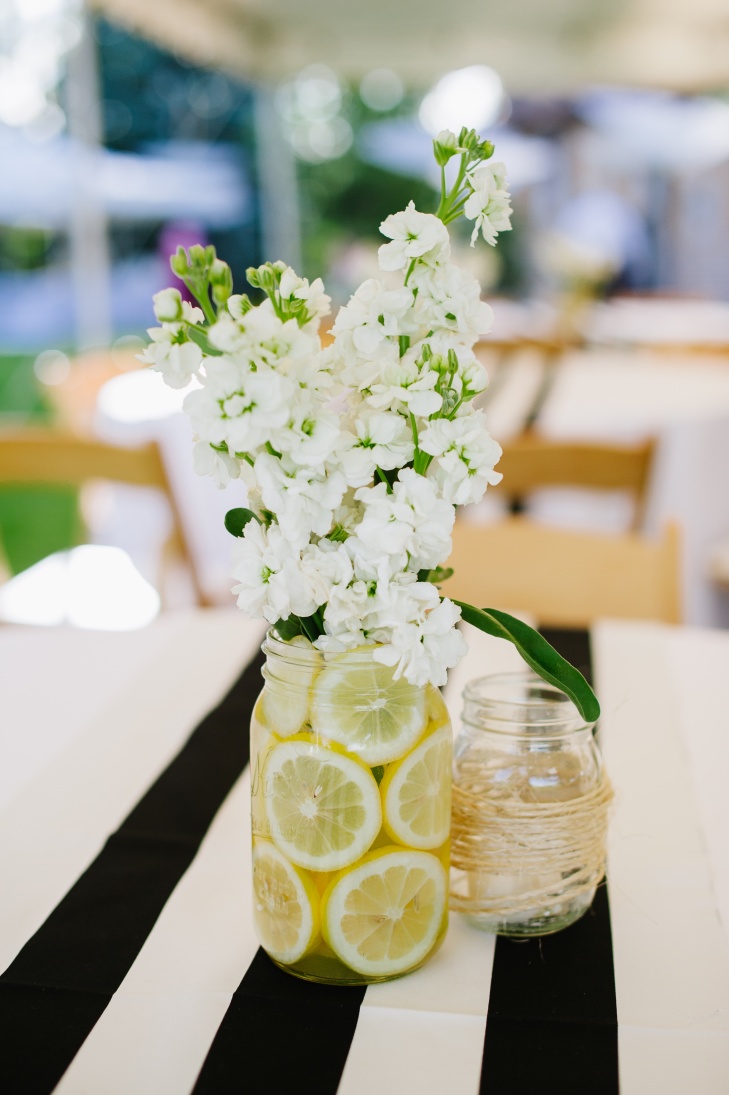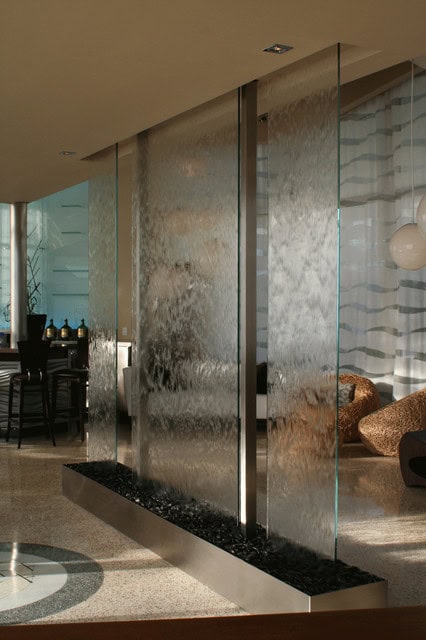Table of Content
(See below for more details about EPA-recommended cleaners.) To make your own bleach solution, mix 1/3 cup of bleach per 1 gallon of water, or 4 teaspoons of bleach per quart of water. You can use disinfectant wipes on most surfaces, excluding any leather and touchscreens. There are specific wipes made for cleaning your car's leather.

The good news is you don't need to use harsh chemicals to keep your house clean and germ-free. And the best part about using natural products is that they tend to be cheaper than a bottle of store-bought household cleaner. Here are five safe methods you can use to disinfect your home that won't break the bank. Hydrogen peroxide isn't only effective for whitening teeth -- in fact, the CDC says that 3% hydrogen peroxide was able to inactivate rhinovirus within 8 minutes. When you pour the substance directly on surfaces like your sink, countertops or toilets, you'll need to let it soak for around 10 to 15 minutes.
How to Clean and Disinfect Yourself, Your Home, and Your Stuff
These are the steps how to sterilize brewing equipment using the available sanitizing chemicals. The bleach solution is widely available but not recommended for brewing equipment and when used, proper cleansing should be done. Don’t shake a laundry basket full of worn clothes, especially if it contains clothes you’ve worn outside, to prevent scattering viruses and germs into the air.
EPA-registered disinfectants with a label claim for Staphylococcus aureus will also kill MRSA. If you're really in a pinch, you can use vodka as a disinfectant. It's 80 proof, which means it's 40 percent alcohol by volume, so it technically could be used to remove mold or mildew. We think it's better served as the base of a nice cocktail after you finish all that disinfecting, though.
How to Deep Clean Your House
Many items such as computer keyboards or handheld electronic devices may be difficult to clean or disinfect because they could be damaged if they became wet. If these items are touched by many people during the course of the day, a cleanable cover/skin (e.g., keyboard skin) could be used on the item to allow for cleaning while protecting the item. Always check to see if the manufacturer has instructions for cleaning.

If your bleach doesn’t have instructions on how it must be diluted, you can typically use five tablespoons of bleach for every gallon of water at room temperature. Disinfecting, on the other hand, entails killing harmful organisms that are invisible to the eye — such as germs, viruses, and bacteria — preventing their growth and transmission. This typically involves using chemical disinfectants, like alcohol or bleach. Cleaning pertains to the removal of physical particles or pollutants, such as dust and dirt. But it doesn’t necessarily get rid of harmful microorganisms.
Keep your house protected longer with Microban 24
Either way, making sure that the dust and debris build-up on your curtains are clean, will help in sanitizing your home. A long, narrow silicone spatula is the best tool to thoroughly scrape out a gooey puree from the sides of the pitcher and around the blades. Then fill the pitcher halfway with soapy, hot water and blend on high for 30 seconds with the lid on. At this point you might notice remaining clumps of paste in the pitcher, especially around and under the blades. With the pitcher in the sink , use a bottle brush to dislodge those stubborn pockets of goo.

People come and go while preparing meals and even in between mealtimes. Most kitchens also have waste bins for leftovers and other food waste. These high-touch surfaces should be cleaned at least once a day. Even if you didn't go outside, there is still a possibility of virus exposure, especially if you had products delivered to your house or had people come from outside. It works by using certain cleaning chemicals intended to kill bacteria and viruses. Protect your hardwood by removing small marks with a sock or clean tennis ball.
Your first line of defense is to remove dirt and debris as quickly and often as possible. Even the smallest specks of dirt act like sandpaper, and can scratch the floor’s surface and make it look dull. So make sure to vacuum or sweep regularly—ideally once every two to three days, or more for high-traffic areas, says Miller. If you vacuum, use the hard surface setting on your machine, which turns off the beater bar and lowers the vacuum to the floor for better suction power. Stay home when you can, maintain a social bubble, and stay safe. A cloth mask may help protect others if you happen to have the disease.

The first thing you'll want to know is that cleaning and disinfecting are two very different things. Do not put a mask on kids under 2 years old, but do help them social distance from others, and wash their hands. Evidence suggests kids are especially vulnerable to another condition caused by exposure to the coronavirus. Medical professionals have termed this condition Multisystem Inflammatory Syndrome in Children (MIS-C). If it's not washable, keep it away from everyone for a few days to let viruses on its surface die. Mary Marlowe Leverette is a freelance writer and editor who specializes in home, kitchen, and gardening.
Sanitize surfaces using a product suitable for each surface, following instructions on the product label. Clean surfaces using a product suitable for each surface, following instructions on the product label. It makes a huge difference in keeping them clean and sanitized all year long too. You should be dusting a minimum of three times per week to keep your furniture dust and odor-free. Lesley Stockton is a senior staff writer reporting on all things cooking and entertaining for Wirecutter.

After sanitizing, dry the equipment and store them in a clean and dry place. If ready-to-use disinfectants are not available, you can use bleach solutions for many hard surfaces. Bleach solutions will be effective against bacteria, viruses, and fungi when properly diluted. Learn more about cleaning and disinfecting surfaces using bleach solutions. However, if you don’t have access to soap and water, then use a hand sanitizer that contains at least 60% to 95% alcohol. Keeping your hands clean is one of the most important steps you can take to avoid getting sick and spreading germs like MRSA.


